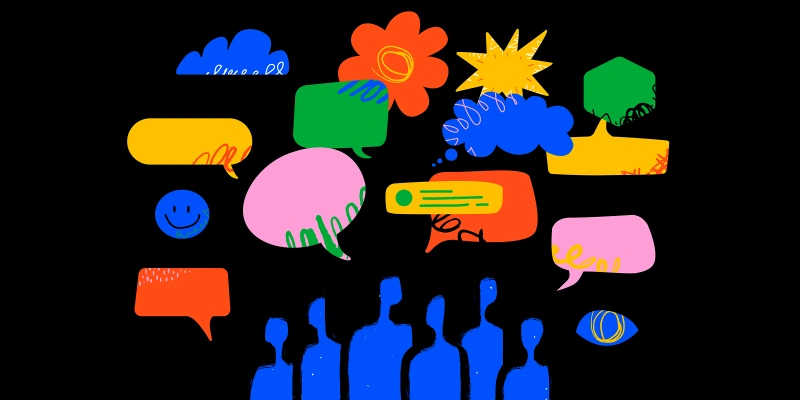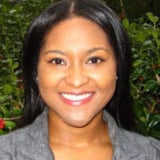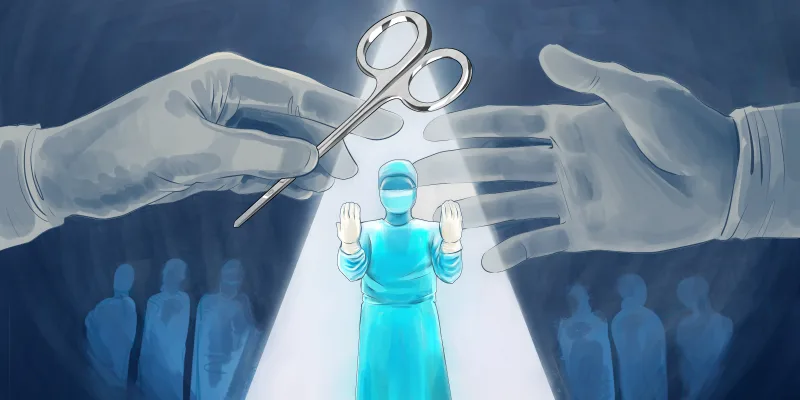Some say that education is wasted on the young. I don’t subscribe to this, but as I age and absorb clinical experience, I long to be back in medical school and take in the progress of the last 35 years. I suppose a corollary argument is that medical education is wasted on the healthy. Young, healthy practitioners that lack the experience of having been seriously ill might call up their clinical knowledge but fail to refract it through the lens of life experience. I would never wish illness on anyone, but those of us who have had health challenges approach our own patients with added insight. We offer encouragement and advice to patients that the "illness naive" cannot. In so doing, we begin to tear down the wall that sometimes separates clinicians from their patients, the well from the ill.
I recently watched a dermatology lecture from a medical school about a young patient who happened to study at that school. This student, while getting ready for residency interviews, was gracious and brave enough to narrate her saga of a severe idiosyncratic Stevens-Johnson-like syndrome after exposure to an oral sulfa antibiotic. The presentation of her yearlong recovery was full of medical details and photos that showed her at her most vulnerable, with mucous membrane involvement, threats to her vision, and sloughing of her skin. In concluding the narration, the medical student was asked by her interviewer-professor to delve a bit into the experience of being a patient. And that’s when I lost it. She poignantly described how the smallest acts of kindness from the nurses, family, friends, and yes, even the medical student assigned to her, facilitated her recovery. Still, due to a few persisting physical issues and emotional scars, she will never be the same. Maybe more importantly to her future promising career, she will know firsthand what life is like on the other side of the bedside curtain.
While I never suffered the shattering illness of this young person, I did have my own experience with prolonged back pain and spinal surgery. I was apparently born with or developed a bilateral “pars defect” that left me with spondylolisthesis of L5 on S1 and progressive back pain that started at age 35. I had radicular involvement to the left leg as the free-swinging vertebra and its disc compressed a spinal root exiting the cord. Luckily, I obtained partial relief by swimming and through occasional epidural injections when the sciatica was severe. But as I approached my 50th birthday, the pain became unbearable. I had to lie down on my office floor for relief between seeing patients. During the worst of it, I decided not to go out on disability, since being active and seeing patients was the tonic that kept me working and sane.
The next five years involved three spinal operations, including a fusion, retrieval of a broken screw, and an open facetectomy (after several failed radiofrequency nerve ablations). I would say that I have rejoined the "well," but like the young medical student, I will never be quite the same. To the extent that I still have flares of back pain that make work and play difficult, I also have had significant recovery that allows me to ride a bike, exercise, hike, bird, and enjoy family events that once seemed beyond reach.
Like patients with spinal stenosis, standing upright was my nemesis. Think about how many times during the day you must stand still and chat, with patients, with families, with colleagues. To these well-meaning folks, my condition was invisible, and I found myself tense as the pain would begin to crescendo. I would need to scoot patients over and sit next to them on the bed or cart over a chair or small table on which to perch. If there were no tricks to employ, I could verbalize that I had a back problem but often it either didn’t sink in or I was too embarrassed to say much more. I needed to come up with a sign to tell both my patients and staff that I was not 100% and that I would need — and maybe even deserve — their patience.
I went online to find if there was a portable chair or stool when I hit on what was known in Teddy Roosevelt’s day as a “shooting stick,” a cane-like device that allowed hunters to steady their posture. There was an updated cane device based on the same principle called a Flipstick that had a small triangular seat affixed to the upper end of a cane that went from vertical to horizontal with the press of a button. It was a clever device and it only took two or three near-falls to master the balancing of it without landing on my behind. The cane function also served to offload my spine enough to decrease my pain. More than anything, though, the cane was a sign, a gesture, that all was not well with me. The reactions were solicitous silent nods and even a kind, “what gives, Doc?” Together we forged a conspiracy of compassion. I call it my "Cane Mutiny" (with apologies to the author Herman Wouk, author of "The Caine Mutiny") in the sense that I crossed the line from privileged physician to ailing physician-patient — a mutiny or subversion of sorts.
I have met physicians with illnesses and disabilities, mostly as they have aged. I have a comrade who had a head injury as a teen that left him with a mild hemiparesis and who now is chief of a TBI program at a flagship acute rehabilitation hospital. In an honest and humorously self-deprecating lecture about himself captured on video, he says that if disclosing his experience could help a patient with a similar injury, then it would seem therapeutic and ethical to share it.
One other cane story stands out. In 1978, Dr. David Hartman became the first blind physician to graduate in the U.S. His memoir was entitled "White Coat, White Cane: The Extraordinary Odyssey of a Blind Physician." In an article about the book at the time, he was quoted as saying, “Everyone is handicapped in some way. My blindness put my life into focus.” I wonder if the rapport and inspiration these physicians might share with their patients is at least as therapeutic as the treatment algorithms that have become the coin of the realm. Does reversing the role of the patient into compassionate listener inspire in her strengths that she didn’t know she had?
In nursing homes, where I mostly practice, major depression among the residents is rampant and I have been amazed how the presence of a visiting newborn great-grandchild or a handsome therapy dog can graft smiles onto faces that were barren for so long. Through a simple cane, these same frail and sick patients and their families extended to me the gift of strength and compassion. At my low points, I know I gained greatly from them. Perhaps this about-face in caring was therapeutic for them too?
I wonder what other pieces of ourselves we can bring to the bedside — whether it is a disability or illness, or if even a hobby, a baby picture, or a song can bridge the divide. Aligning ourselves with patients, especially when the greater society is more factious than ever, might be just as forceful a lever to pull as listening for rales in the lungs or mashing on the belly. Does it need to come only from the older or affected like myself? Can the young cadre of clinicians, absent their own “cane mutiny,” pull aside the curtain that often divides us from our patients?
Do you think clinicians need to experience being a patient to give their best care? Share in the comments.
Dr. Schor is a geriatrician specializing in long-term and post-acute care. He was medical director and attending physician at Daughters of Israel for close to 30 years and is now a Senior Medical Director at Optum Health. He is a new grandfather, an avid birder, and lives in Millburn, NJ.
Illustration by April Brust







